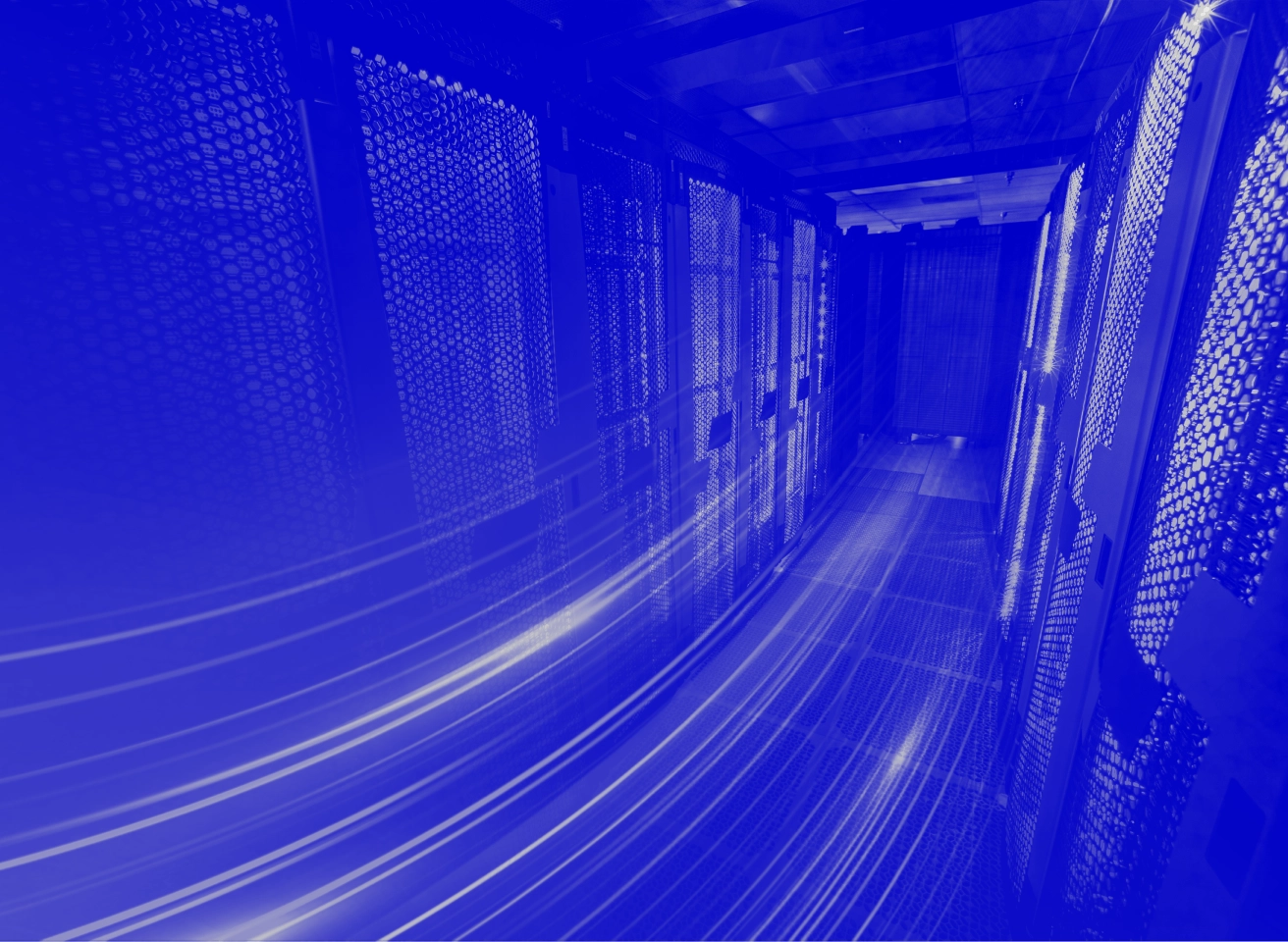Failure Models and Monitoring for Resilient Distributed Systems


In distributed systems, resilience is not a feature—it’s a necessity. With increasing complexity and interdependence across components, failures are not just probable—they are inevitable. The challenge lies in how failures are detected, analyzed, and mitigated to maintain seamless functionality.
This article explores the critical aspects of failure models, monitoring practices, and tools for ensuring distributed system reliability.
Understanding Failure Models in Distributed Systems
Distributed systems fail in unique ways due to their inherent complexity. Below are the most common failure types and how they manifest:
Crash Failures:
A node or service stops working entirely. For example: A database node in a distributed database cluster becomes unavailable due to a hardware failure.
Network Partition Failures: Communication between nodes is disrupted. This can lead to inconsistencies, like conflicting states in a multi-region system.
Byzantine Failures: Nodes exhibit unexpected or malicious behavior, often due to bugs or external interference (e.g., a compromised API sending invalid responses).
Resource Exhaustion: Systems fail to respond due to overwhelming demand (e.g., DDoS attacks, unoptimized resource allocation, or unhandled traffic spikes).
These failure models provide the basis for designing robust monitoring and management systems.
Key Monitoring Strategies for Distributed Systems
Monitoring distributed systems requires continuous observability and automated insights into system health.
Real-Time Metrics and Health Checks
Tools like Prometheus or Grafana are commonly used for collecting and visualizing metrics like CPU usage, memory, network traffic, and latency.
▶ Example: Monitoring an EV charging network's transaction times to ensure users experience no delays during peak demand.
Distributed Tracing for Root Cause Analysis
Tracing tools such as Jaeger or OpenTelemetry allow teams to follow requests across services to identify bottlenecks or failed components.
▶ Example: Identifying slowdowns in an online payment gateway by tracing the failure path through the microservices involved.
Event Logs for Detailed Analysis
Centralized logging tools (ELK Stack, Datadog) help store and analyze logs from distributed components.
▶ Example: Using logs to detect anomalous behavior in IoT devices within a smart home ecosystem.
Anomaly Detection with AI/ML
AI-based tools can predict failures by analyzing patterns in historical data.
▶ Example: Predicting hard drive failures in a distributed storage system before they impact data integrity.
Examples of Incident Management in Action
Traffic Spike in a Fintech Platform
During a Black Friday sales event, a distributed payment system experienced traffic surges, overwhelming one region's servers. The load balancer dynamically redirected traffic to less busy nodes, while auto-scaling added resources to meet demand.
Network Partition in an IoT Fleet Management System
A logistics company’s tracking system experienced a network partition between East and West regions. Despite the disruption, its eventual consistency model reconciled data once the connection was restored, avoiding delivery delays.
Crash Failure in an EV Charging Network
A power outage caused several charging stations to go offline. Thanks to health checks and redundancy, affected users were rerouted to operational stations, ensuring service continuity.
Best Practices for Monitoring and Managing Distributed Systems
1. Adopt a Proactive Monitoring Approach
Combine real-time monitoring with predictive analytics to prevent failures before they occur.
2. Embrace Observability Over Monitoring
Use observability tools to understand the “why” behind failures, not just detect them.
3. Design for Graceful Degradation
Allow systems to function at reduced capacity during failures, maintaining partial service availability.
4. Build Robust Failure Recovery Mechanisms
- Automated failovers for databases and applications.
- Self-healing infrastructure to restart failed services.
5. Integrate Incident Response Automation
Use automation tools for scaling, rerouting, or restarting services during failures.
Conclusion
Failure is inevitable in distributed systems, but with proper monitoring and management, its impact can be mitigated. By combining real-time observability with robust failure models and proactive incident handling, businesses can ensure resilience even in high-demand or failure-prone environments.
At Bluepes, we specialize in designing monitoring and management solutions that keep your distributed systems running seamlessly.
💡 Let’s future-proof your infrastructure together.
Interesting For You

Scalability and Security in a Hyper-Connected World
In today’s interconnected ecosystem, scalability and security form the bedrock of successful software systems. Beyond being technical imperatives, they serve as key drivers for business growth, ensuring adaptability and resilience in high-demand environments. This is especially vital for industries like EV charging networks, fintech platforms, and logistics systems, where operational consistency and user trust are paramount.
Read article

Unlocking the Power of Data: ETL and Real-Time Architectures
Turning raw data into actionable insights is a cornerstone of modern business strategy. But achieving this requires more than one-size-fits-all solutions. ETL pipelines remain indispensable for historical data processing and analytics. However, when low-latency decisions and real-time responsiveness are critical, event-driven architectures and streaming data approaches take center stage.
Read article

Sentiment Analysis in NLP
Sentiment analysis has become a new trend in social media monitoring, brand monitoring, product analytics, and market research. Like most areas that use artificial intelligence, sentiment analysis (also known as Opinion Mining) is an interdisciplinary field spanning computer science, psychology, social sciences, linguistics, and cognitive science. The goal of sentiment analysis is to identify and extract attitudes, emotions, and opinions from a text. In other words, sentiment analysis is a mining of subjective impressions, but not facts, from users’ tweets, reviews, posts, etc.
Read article



